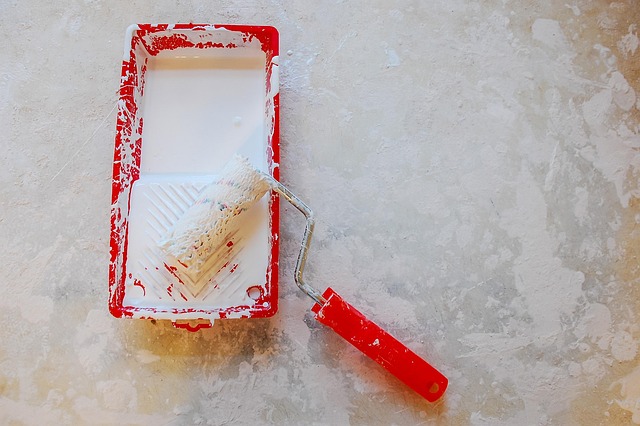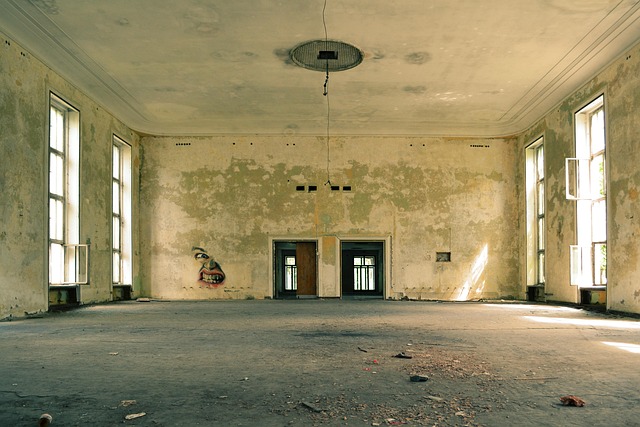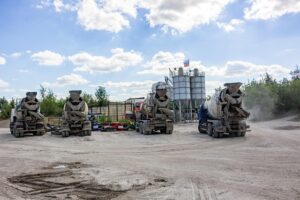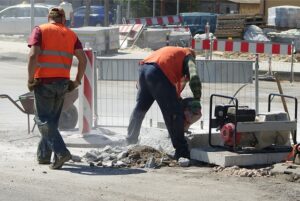Concrete Repair: Stabilize & Level Your House Effectively

Concrete repair is vital for addressing foundation issues caused by soil conditions, structural prob…….
In the intricate world of construction and infrastructure, foundation repair stands as a critical practice that ensures the longevity and stability of structures. This comprehensive article delves into the multifaceted realm of foundation repair, exploring its historical roots, global impact, economic implications, technological innovations, regulatory frameworks, and the challenges it faces. By examining these aspects, we aim to provide an insightful guide for professionals, policymakers, and anyone interested in understanding this vital sector. Foundation repair is not merely a technical endeavor but a cornerstone of sustainable development, influencing the built environment’s integrity and safety.
Definition: Foundation repair refers to the process of identifying and rectifying issues within a building’s foundation, ensuring its structural integrity and stability. It involves a range of techniques aimed at stabilizing or replacing damaged parts of the foundation to prevent further deterioration and potential collapse.
Core Components:
Inspection: The initial step involves thorough inspection using advanced technologies like ground-penetrating radar (GPR), moisture meters, and non-destructive testing (NDT) methods to identify weak points in the foundation.
Assessment: Data from inspections are analyzed to determine the scope of damage, which can range from cracks in concrete to settlement or erosion of the soil beneath the structure.
Repair Techniques:
Materials: Modern foundation repair utilizes advanced materials such as high-strength epoxy resins, polymeric injectables, steel piles, and specialized cementitous mixtures to ensure durability and strength.
Historical Context: The practice of foundation repair has evolved over centuries, from traditional methods like hand-dug foundations and stone masonry to the sophisticated techniques of today. Early settlements often faced challenges due to variable soil conditions, leading to foundational issues that prompted early forms of repair. The 20th century saw significant advancements in materials science and engineering, revolutionizing foundation repair with more durable and efficient solutions.
Foundation repair is a global concern, with varying degrees of intensity across different regions, influenced by factors like climate, soil types, and construction practices.
| Region | Key Issues | Trending Solutions |
|---|---|---|
| North America | Frequent earthquakes, expansive soils, and aging infrastructure | Advanced polymer injections for crack repair, underpinning techniques for seismic retrofitting |
| Europe | Diverse soil conditions, historic buildings, and strict building codes | Micro-piling for slab on grade repairs, smart monitoring systems for real-time foundation health |
| Asia Pacific | Rapid urbanization, coastal erosion, and intense monsoons | Floating foundations for coastal structures, continuous monitoring networks for early detection of foundation movement |
| Middle East & Africa | Extreme temperatures, desert conditions, and limited natural resources | Efficient underpinning methods, lightweight construction materials to mitigate soil pressure |
These regional trends reflect the dynamic nature of foundation repair, with innovations tailored to specific challenges. The global impact is further emphasized by the increasing demand for expert services, particularly in densely populated urban areas where infrastructure aging poses significant risks.
The global foundation repair market is characterized by a steady growth trajectory, driven by rising construction activities, especially in emerging economies. According to a 2021 report by MarketsandMarkets, the market size was valued at USD 43.5 billion in 2020 and is projected to grow at a CAGR of 7.8% from 2021 to 2026. This growth is attributed to factors such as:
Investment in foundation repair often varies across sectors, with commercial and residential being the primary focus areas. Public-private partnerships play a significant role, particularly in large-scale infrastructure projects, where long-term stability and cost-effectiveness are essential considerations. Governments worldwide are allocating funds for foundational retrofitting programs as part of broader urban renewal initiatives.
Foundation repair is integral to the economic health of regions, impacting employment, construction costs, and overall development. Effective foundation repair practices can:
Technological innovations have revolutionized foundation repair, offering more precise, efficient, and environmentally friendly solutions.
Key Advancements:
GPR (Ground-Penetrating Radar): This non-destructive testing method enables detailed imaging of underground structures, aiding in accurate crack detection and soil analysis.
Drones and Remote Sensing: Drones equipped with high-resolution cameras and LiDAR sensors provide aerial surveys, allowing for rapid assessment of large areas and hard-to-reach locations.
Advanced Materials:
Real-Time Monitoring Systems: Wireless sensors embedded in foundations can detect even minor movements, providing early warnings for potential issues and enabling proactive repair measures.
The regulatory landscape surrounding foundation repair varies globally but generally aims to ensure structural safety, environmental protection, and consumer rights.
Key Considerations:
Foundation repair is a critical aspect of modern construction and infrastructure maintenance, addressing challenges posed by varying soil conditions, climate, and structural demands. With advancements in technology and growing awareness of structural integrity, the field continues to evolve, offering more efficient and sustainable solutions. In Part 2, we will delve into case studies highlighting successful foundation repair projects and explore emerging trends shaping the industry’s future.

Concrete repair is vital for addressing foundation issues caused by soil conditions, structural prob…….

Concrete foundation cracks require understanding causes and types for effective repair. Structural d…….

Foundation cracks caused by various factors signal structural issues. Types include hairline, settli…….

Concrete foundations face issues like cracks, settlement, heaving, and bowing walls due to environme…….

While concrete is durable, it faces various damage types over time, including cracks, spalling, and…….

Slab foundation issues from construction flaws or soil movement cause cracks, floor unevenness, and…….

Foundation leveling is crucial for addressing structural issues caused by shifting bases due to soil…….

Concrete foundation damage is a common issue driven by settlement, heave, or environmental factors……..

Foundation leveling or concrete repair is a critical service addressing structural issues caused by…….

Stem wall foundation repair is a specialized field crucial for maintaining building integrity, parti…….